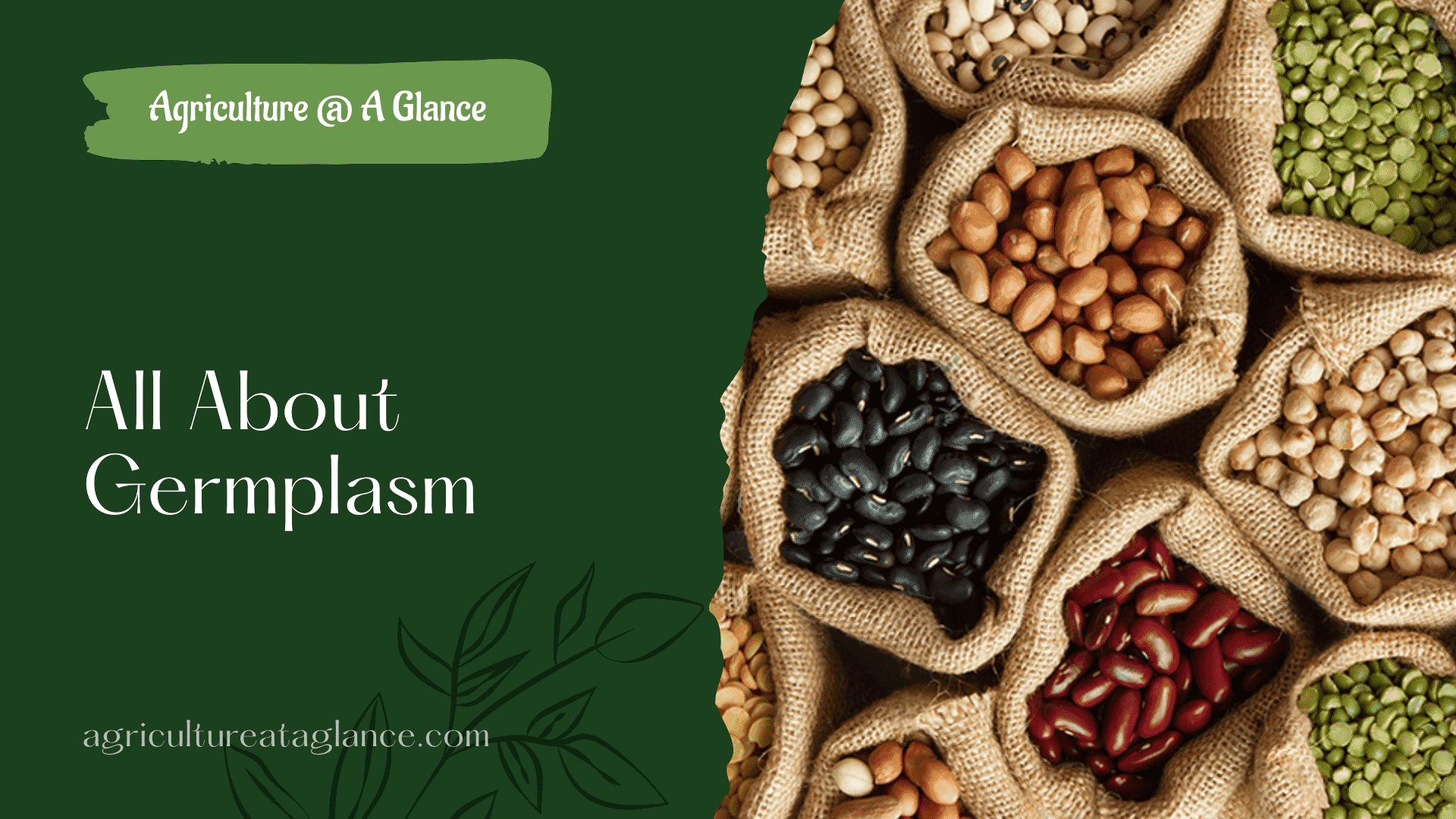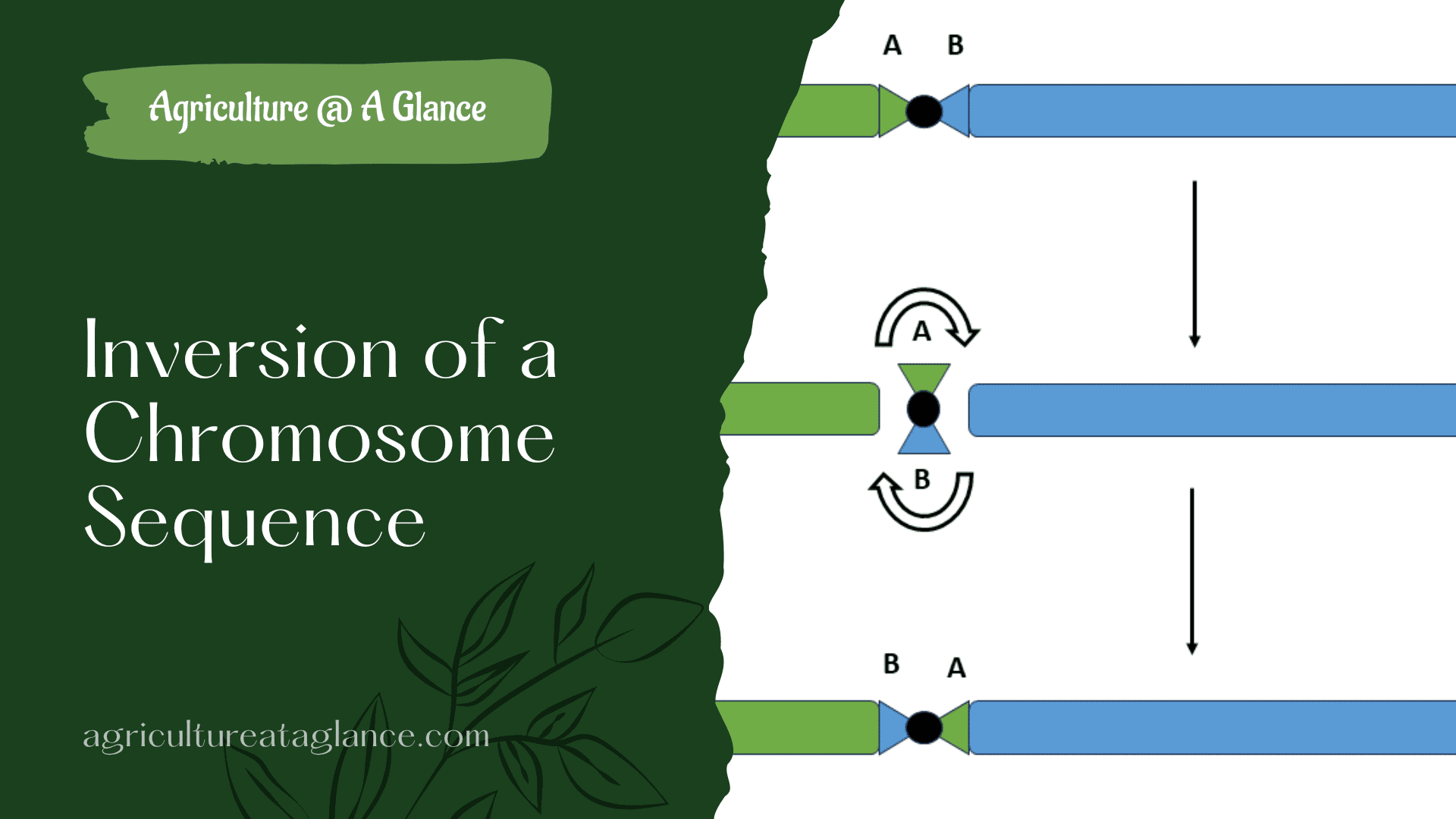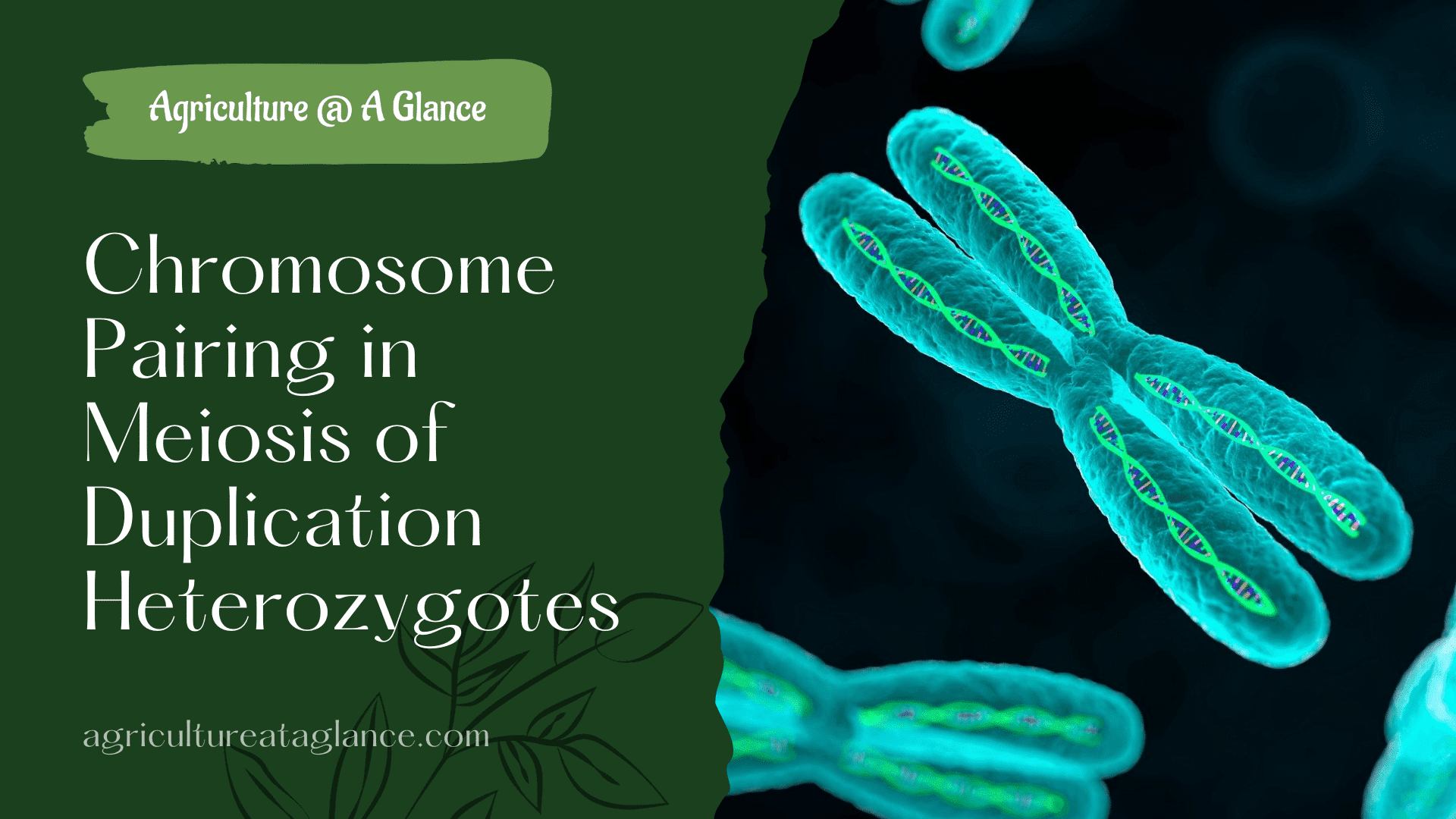Sumtotal of hereditary material is called a germplasm.
- Term coined by wiseman(1883)
- Hereditary materials are DNA, gene, allele.
- Most of the time we conserve the seed as germplasm- because if you want to conserve germplasm then you have to conserve genes. That is not possible. That's why we conserve the seed because seed is physically hereditary material.
Genetic resource can be broadly grouped into two types:
- Cultivated germplasm: is a term used to describe the seeds, plants, or plant part of cultivated crop, that contain useful genetic variation.
- Wild germplasm: Genetic material of wild species or relatives of cultivated crops.
The germplasm of a crop consist of the following five types of materials:
1. Land Race: land races are nothing but primitive cultivars which were selected and cultivated by the farmers for many generations.
- No systematic plant breeding efforts.
- Natural selection + Artificial selection.
- Wider genetic base, wider adaptability.
- Highly resistive of biotic or abiotic stress.
- Store house of the variability.
2. Obsolete variety: are the variety which was cultivated earlier but now it is replaced by the new variety.
- Developed by systematic plant breeding efforts.
- Cultivation commercially but no use in present time.
- It is replaced by a new variety.
3. Modern cultivars/Variety under cultivation:The currently cultivated high yielding variety.
- Presently cultivated variety.
- Narrow genetic base.
- Developed from 100% artificial selection.
- High yielding characteristics.
4. Advance breeding line/Special genetic stoke: Pre-release plants which are developed by plant breeders for use in scientific plant breeding.
- Mutant line.
- Chromosomal aberration(Deletion, Duplication, Transformation, Inversion).
5. Wild forms/Wild relatives:Wild forms are the wild species from which species can be directly derived. They are easy to cross, with concern crop species, the wild relatives include all other species.
Germplasm Conservation
There are 2 types of germplasm conservation:
- In-Situ conservation
- Ex-Situ conservation
In situ-conservation: Conservation of germplasm in its natural habitat or in the area where it grows naturally is known as in situ germplasm conservation.
Ex: National park, Biosphere reserve, Gene sanctuary.
Advantages:
- Preserving the ecosystem.
- Maintain genetic diversity.
- Promote balance.
- Natural way to protect in situ conservation.
- Less expensive.
Disadvantage:
- Disease can wipe out or significantly preserve a conserved population.
- Habitat loss.
- When human settlements are close to protected areas, this can be conflicts like crop damage and poaching.
- Genetic diversity.
- Vulnerability to natural forces.
Ex-situ germplasm conservation: Conservation of germplasm away from its natural habitat is called ex-situ conservation.
It can be achieved in the following 5 ways:
- Seed gene bank.
- Plant and field gene.
- Shoot-tip gene bank.
- Cell and organ gene bank.
- DNA gene bank.
Seed gene bank:
- In seed gene bank germplasm are stored as seed.
- Virtually all major gene banks are seed banks.
- This procedure is quite easy and needs minimum space.
- Seed can be stored for 50-100 years.
Plant and field gene bank: A field or plant gene bank is an orchard or a field, in which accessions of fruit trees or vegetative propagated crops.
- Required large land area.
- Expensive to establish and maintain, and are prone to damage.
- Disease and insect attack.
- Man made or natural disaster.
Botanical survey of India maintains 4000 different species of which 200 species are rare and endangered.
Shoot tip gene bank: In such banks, germplasm is conserv as slow growth cultures, and every 6 months to 3 years you have to subculture the culture.
Cell and organ gene bank: A germplasm collection based on cryopreserved embryonic cell culture, shoot tip and/or somatic/zygotic embryos may be called cell and organ banks.
DNA banks: DNA banks are a way to preserve genetic information for long periods of time.
Collection of germplasm: The process of obtaining germplasm accessions for a germplasm collection of germplasm.
1. Exploration: Exploration are tips of collection of cultivated forms like land race, open pollinated varieties etc.
- Area of collection.
- Sampling site.
- Collection priorities.
- Sampling procedure.
- Sampling size.
- Field records.
2. Procurement from other agencies: Germplasm can be obtained from other agencies concerned with germplasm conservation from research institutes and companies etc.




